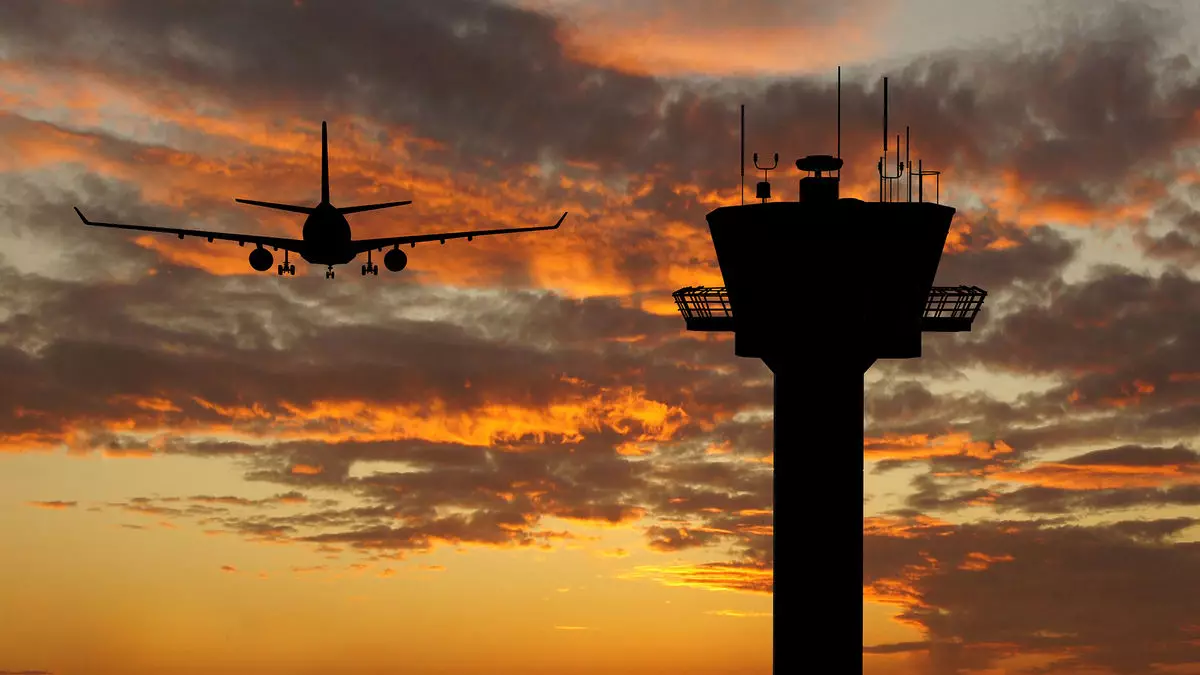In the wake of a tragic midair collision that claimed 67 lives near Washington Reagan National Airport, the call for a complete overhaul of the United States air traffic control system has grown louder. President Trump’s recent announcement regarding the administration’s plan to establish a “great computerized” air traffic control system reflects the urgent need for progress in aviation safety and efficiency. The current apparatus has been deemed obsolete, raising concerns about its capability to handle the ever-increasing demand for air travel. This article aims to dissect the implications of such a transformation, examining both the technical and managerial challenges that lie ahead.
The midair collision highlighted glaring deficiencies in the existing air traffic control infrastructure. By labeling the system as obsolete, Trump’s comments underscored the broader implications of outdated technology in aviation safety. The incident not only resulted in tragic loss of life but also called into question the effectiveness of an air traffic control system that is increasingly unable to keep pace with modern aviation demands. Continuing to rely on antiquated equipment raises the potential for similar future tragedies, emphasizing the need for a radical redesign.
Furthermore, Trump attributed the crash to the shortcomings of the current system, proposing that a new computerized model could mitigate these risks. The alarming reality remains that the technology which governs air traffic—safety-centric by nature—has struggled to incorporate advancements that are standard in other high-stakes industries. For the traveling public, this highlights an essential need for restoration of faith in air travel safety.
President Trump maintains that a new air traffic control system can be implemented efficiently and economically, promising “not that much money” for a significant upgrade. However, it is essential to deploy the necessary resources wisely to ensure the outcome truly reflects a modernized approach to air traffic management. The financial implications of such an overhaul can be daunting, particularly when weighed against the current fiscal state reported by the Office of the Inspector General. Implementing the NextGen program since 2007 has cost around $20 billion, raising questions about whether sufficient funds will be allotted and properly utilized for extensive improvements.
Moreover, as industry stakeholders like the U.S. Travel Association advocate for enhanced technological investment, one must ask whether the proposed system will fully address the multifaceted needs of aviation. The integration of modern software, hardware, and infrastructure must be matched with qualified personnel to ensure efficiency. An ambitious project can falter if it lacks adequate leadership and a coherent, structured roadmap.
Trump claimed that other countries possess “unbelievable air control systems,” highlighting the necessity of adopting best practices from international counterparts. While this recognition of global standards is positive, it raises further questions about the U.S. position in aviation technology. Countries like Singapore and the United Kingdom have made significant strides in air traffic control efficiency through technology investments, showcasing a willingness to innovate.
However, the talk of maintaining a world-class air travel experience through advancements must translate into concrete outcomes that prioritize passenger safety and efficiency. It is imperative for the U.S. to adapt to changing air travel landscapes, particularly when other nations are setting the pace for technological integration in air traffic management.
The success of a new air traffic control initiative hinges on collaborative efforts among federal agencies, aviation authorities, and industry stakeholders. The prevailing sentiments expressed by representatives, such as Greg Staley from the U.S. Travel Association, indicate a desire for unified leadership that prioritizes progress and employs a knowledgeable workforce. Clear communication between government policymakers and industry representatives will play a crucial role as both parties navigate the complexities of modernizing this vital area of infrastructure.
As the U.S. steps into the future of air traffic management, it must commit to a strategic and thorough approach that not only enhances safety but also revitalizes the public’s confidence in air travel. While the promise of a new computerized system holds promise, translating intent into action will be the true litmus test of success. It is essential that this initiative captures the necessary funding, technological advancements, and regulatory support to flourish—not just for a short term, but for decades to come.

